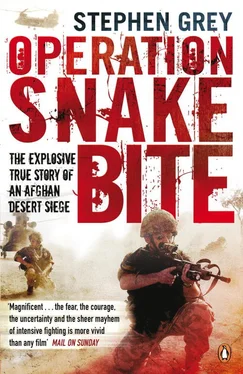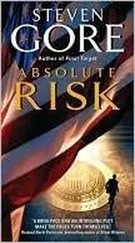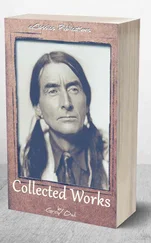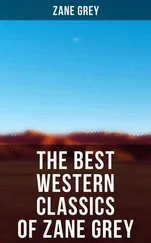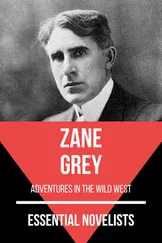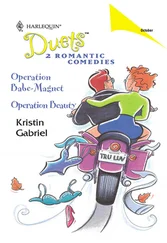What not all appreciated was that the US army fighting in Afghanistan and Iraq was not the same army that had arrived here in 2001 or had invaded Iraq in 2003. There were still plenty of the old school. But most had learned some hard lessons fast. Chris Bell, the Warrior commander who had been to US staff college, recalled noticing the Americans were now, if anything, more attuned and more adapted to winning in counter-insurgency. ‘While the half-educated Brit recalled false lessons from a Malayan and Northern Ireland history he only half-understood, his American counterpart was asking, “What have I got wrong?” and “What do I need to do it right?” The British were well ahead in 2003 – but five years later the Ameicans were streets ahead and moving away.’
Now, in the planning room in Lashkar Gah, Mennes could see the old Brit suspicion of American war fighting rearing its head – that he was going to land his troops all guns blazing, would leave behind a heap of dead civilians and would play by his own special American rules. That was the trouble with the British system of troop rotations every six months – a system that many who cared about winning the war found ridiculous. Here he was again, dealing with his third brigadier and having to win his trust all over again.
He was not sure at first these British knew who they were dealing with. ‘I was sitting in a planning room with them, and they were talking about operations in and around Helmand and Sangin and I said, “I was there.” They didn’t really know or appreciate that. I said, “I know about this enemy and I think I know how he is going to fight this thing.”’
In the end, the plan did become acceptable, said Mennes, but ‘it just took a while, a bit of team building’.
Mennes actually drew his own sketch map of how parts of the plan could look, and he handed it over to Mackay’s staff. The end result did not look too different.
Brigade headquarters, 26 November
Sherard Cowper-Coles was on the end of a secure phone, and he did not sound too happy. Three days earlier he had returned from England to find out that plans to attack Musa Qala were moving much faster than he had imagined.
‘I was very surprised,’ he told Andrew Mackay. ‘I thought the idea was that Musa Qala would have to come to us, not for us to go to Musa Qala.’
Uppermost in the ambassador’s thinking, it appeared, was the imminent visit of the prime minister, Gordon Brown. As things stood, the very climax of the operation would be on the day he arrived. Cowper-Coles could see already how this might play out. Brown was coming – after months of preparation – to put the final seal on a new Afghan strategy. And now there was this vast military operation in the works that could totally divert both the prime minister’s attention and that of all the media too. If Musa Qala was captured without a hitch, then Brown’s visit could be denounced back home as an act of political opportunism. People would say he had come to gain political capital from the courage of the soldiers. But then if it went badly – if civilians were killed in great numbers, as happened too often – then Cowper-Coles could just picture the scene: Brown standing next to Karzai on a podium in Kabul as Karzai denounced NATO for its callous actions. The press would have a field day when they saw the snub to Brown. And Gordon Brown’s speech to parliament to announce the new strategy, planned for when he returned from Kabul the following day, could be completely overshadowed.
Following his conversation with Mackay, Cowper-Coles expressed his fears in an email to London which managed to upset the Brigadier. He quoted Mackay, brigade staff recalled, as having ‘given me reassurances that… they will make sure it’s not overly kinetic while the PM is visiting.’ The message had been copied back to the brigade via Permanent Joint Headquarters. Mackay thought it was disingenuous to have his private words quoted back by others, and inaccurately too. He could not imagine altering a military operation just because a politician was visiting. He told PJHQ the email was nonsense.
ISAF headquarters, Kabul, 28 November
The British ambassador was not giving up. ‘The concept of this operation seems to have changed,’ Cowper-Coles told General McNeill, after he sat down in the general’s office. From the initial idea of ISAF working to support Afghan forces and a ‘tribal uprising’, it was now becoming more and more a coalition-led attack. He repeated what he had told Mackay: that he was worried about political fallout from the Gordon Brown visit. He warned McNeill again: ‘It is vital there are no civilian casualties here.’
He was worried too about what plans existed in the long term, of how the Afghans could keep hold of Musa Qala. ‘There is not really a credible Afghan plan to hold this place,’ he said. On that point both were agreed.
Task Force Helmand headquarters, Lashkar Gah, 28 November
The two brigadiers strode into the tent, and the assembled officers – almost 100 of them, Afghan, British and their allies – stood up to attention. This was the formal delivery of orders, the ‘O-Group’.
What had begun as an operation to put pressure on the Taliban and protect a defecting commander, Mullah Salaam, had morphed first into an operation for the Afghan army to support a tribal uprising in Musa Qala and then finally into something much bigger, more ‘kinetic’. The scale was going to be huge, a manoeuvre of almost 5,000 combat troops: Brigadier Muhammad Mohaydin’s Afghan brigade of 2,500 men, plus a 600-strong battalion of American paratroopers (Task Force 1 Fury), more than 1,200 British troops including a battle group led by the Royal Marines, a battle group led by the Household Cavalry, a battle group of the 2 Yorks regiment, plus two A-teams of US special forces to join the Afghan brigade, and a screen of further special forces, American and British, to hit the Taliban’s key leadership. And all was to be backed by a huge armada of aerial strike power.
But one force was missing: after days of vacillation the Afghan government had declined to send its elite Commando kandak . The climax of the battle – the central thrust against Musa Qala itself – would largely be on the shoulders of Colonel Mennes and his paratroops. In theory, this whole operation was still to be led by the Afghans, who perhaps for the first time had full access to the secret planning of the mission. Brigadier Mohaydin spoke first at the orders and was consulted throughout, and he ripped up key parts of the plan. But talk of Afghan ‘leadership’ of the forthcoming battle was a fiction. The primary role of the Afghan troops was not to win the battle but to influence the town’s population to believe that it was the Islamic national government who had returned to control the town, and not a force of foreigners. The use of the Afghan troops was also to influence the Afghan government. It had to feel Musa Qala was its victory – and feel responsible for what happened next.
For all the firepower, this was going to be no conventional battle. It was too important. Victory in Musa Qala, Mackay told the audience, would be defined not just by driving the Taliban away, but by how it was taken and what happened afterwards. Musa Qala had to be captured with little damage. ‘It became necessary to destroy the town to save it,’ a US major was quoted as saying about the assault on Ben Tre in Vietnam in 1968. No one seriously thought like that these days. But from the Israeli attack on Jenin in Palestine in 2002 and the US attack on Fallujah, Iraq, in 2004 there had been too many big-scale battles that had recaptured a town from a rebel force, but half destroyed it in the process. Musa Qala had to be won back long-term from the Taliban. That meant securing the support of the people of the town – by doing the operation without killing them or destroying their homes. And as or more importantly, it meant a plan for the follow-up, ‘stabilization’ phase, when Mohaydin’s Afghan troops, it was hoped, could genuinely take the lead.
Читать дальше
